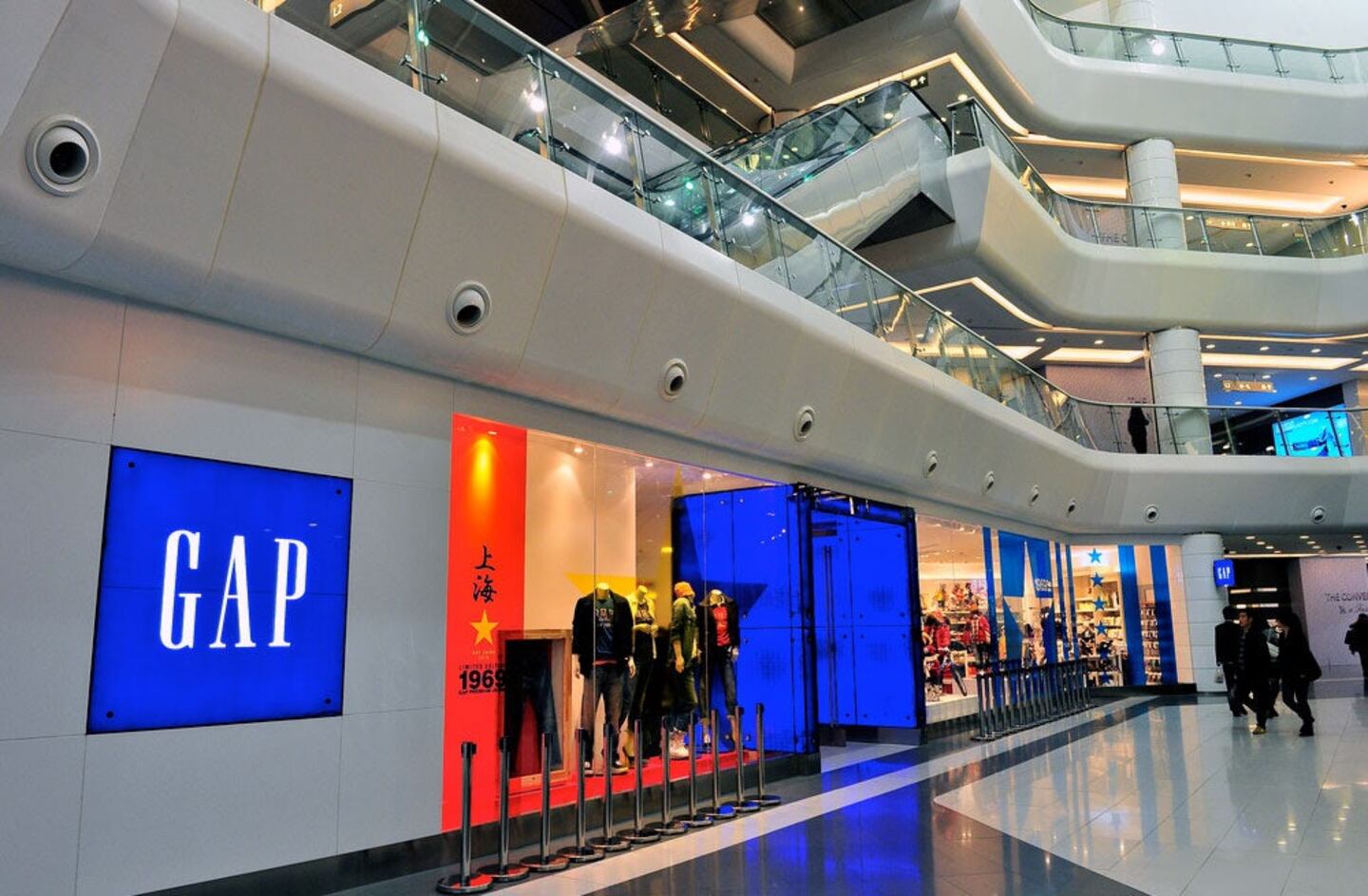
The Business of Fashion
Agenda-setting intelligence, analysis and advice for the global fashion community.

Agenda-setting intelligence, analysis and advice for the global fashion community.

"Gap Outlines Growth Plans for China" (Associated Press)
"Gap Inc. announced Wednesday it plans to more than triple sales in China in three years as it seeks to grab a bigger piece of the overall $1.4 trillion global clothing market. The San Francisco-based clothing chain, which operates stores under the Gap, Old Navy, Banana Republic and Athleta brands, generated $300 million in sales in China in the latest fiscal year ended Feb. 1. It says China will be its biggest growth initiative."
"Massive China Shoe Factory Strike Rolls On as Offer Falls Flat" (Reuters)
“Thousands of workers at a giant Chinese shoe factory shrugged off an offer for improved social benefits on Tuesday, prolonging one of the largest strikes in China in recent years amid signs of increased labor activism as the economy slows. The industrial unrest at Yue Yuen Industrial (Holdings), now stretching to around ten days and sparking sporadic scuffles with police, has centered on issues including unpaid social insurance, improper labor contracts and low wages.”
ADVERTISEMENT
"Burberry Rises on China Sales" (The Financial Times)
"Burberry's strategy in China has paid off and helped sales at the British luxury goods group rise by almost a fifth in the space of six months, shrugging off fears of a slowdown in the country. The trenchcoat maker, which this week opened a flagship store in Shanghai – its largest in Asia – reported that revenues for the half year to the end of March rose 19 per cent, in constant currency terms, to £1.3bn."
"Fur Trade Booms, Fuelled by China – But Bubble May be About to Burst" (The Guardian)
“Chinese business people now represent more than half of the 600-plus buyers at the auction, some of them low-level operatives in brightly coloured track suits, others multimillionaires clad in pricey designer clothing. According to Torben Nielsen, Kopenhagen Fur's chief executive, the Chinese fur bubble has only this season started to burst.”
"Chinese Models Break Barriers in Beauty and Business" (Style.com)
“Modeling—and fashion at large—are relatively new phenomena in modern China. It wasn’t even until 1979 that the country saw its first-ever fashion show when Pierre Cardin presented twelve French models to a bureaucratic, Mao-suit-clad crowd at Beijing’s Cultural Palace of Minorities. Today, roughly thirty-five years later, the greater China region has grown to become the world’s second-largest luxury goods market and boasts a ferocious appetite that’s largely dictating the terms of a $300 billion industry.”
With consumers tightening their belts in China, the battle between global fast fashion brands and local high street giants has intensified.
Investors are bracing for a steep slowdown in luxury sales when luxury companies report their first quarter results, reflecting lacklustre Chinese demand.
The French beauty giant’s two latest deals are part of a wider M&A push by global players to capture a larger slice of the China market, targeting buzzy high-end brands that offer products with distinctive Chinese elements.
Post-Covid spend by US tourists in Europe has surged past 2019 levels. Chinese travellers, by contrast, have largely favoured domestic and regional destinations like Hong Kong, Singapore and Japan.